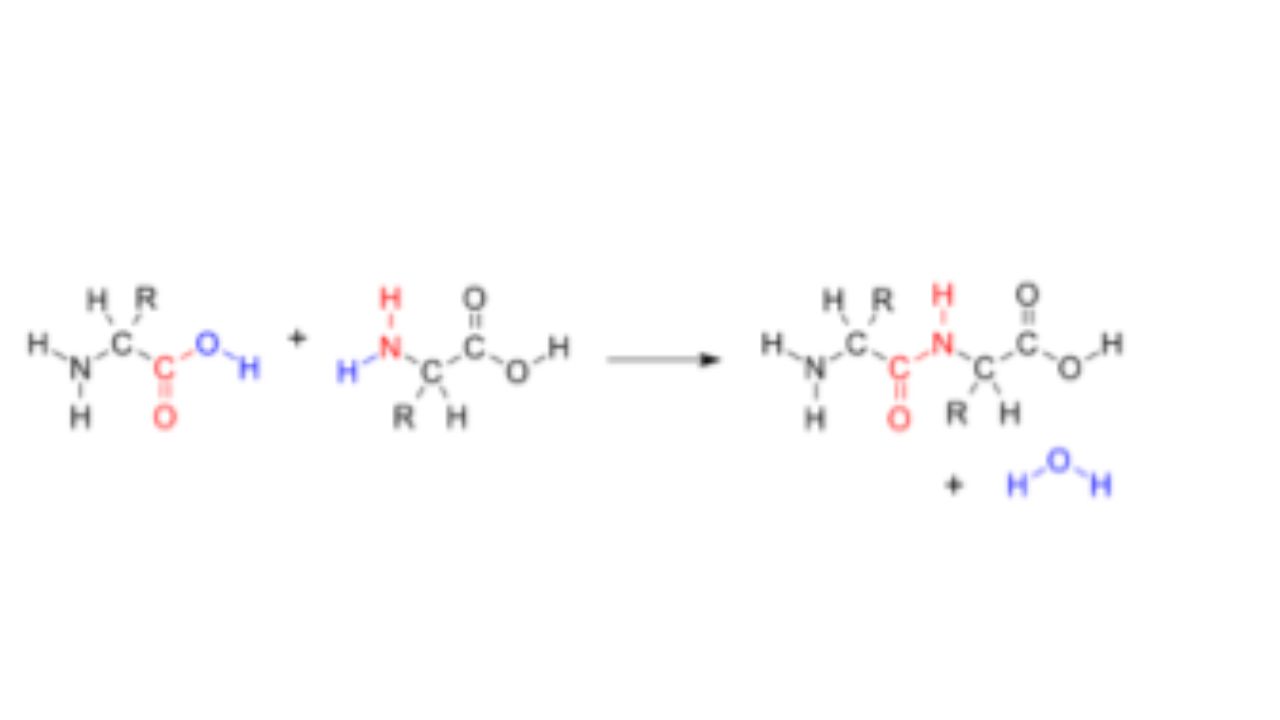Peptides exist in two forms: those naturally occurring within the body and those synthesized in laboratory settings. Naturally, the body produces certain peptides, including ribosomal and non-ribosomal peptides. In the laboratory, advanced peptide synthesis techniques, such as liquid phase peptide synthesis and solid phase peptide synthesis, allow for the creation of an extensive range of peptides. Although liquid phase peptide synthesis offers some advantages, solid phase peptide synthesis is currently the standard method employed for peptide synthesis. Further information on peptide synthesis can be found.
The groundbreaking discovery of the first synthetic peptide dates back to 1901 when Emil Fischer and Ernest Fourneau achieved this milestone. Subsequently, Vincent du Vigneaud synthesized oxytocin, the initial polypeptide, in 1953.

